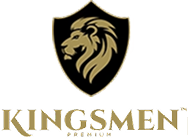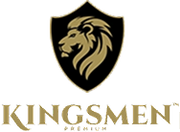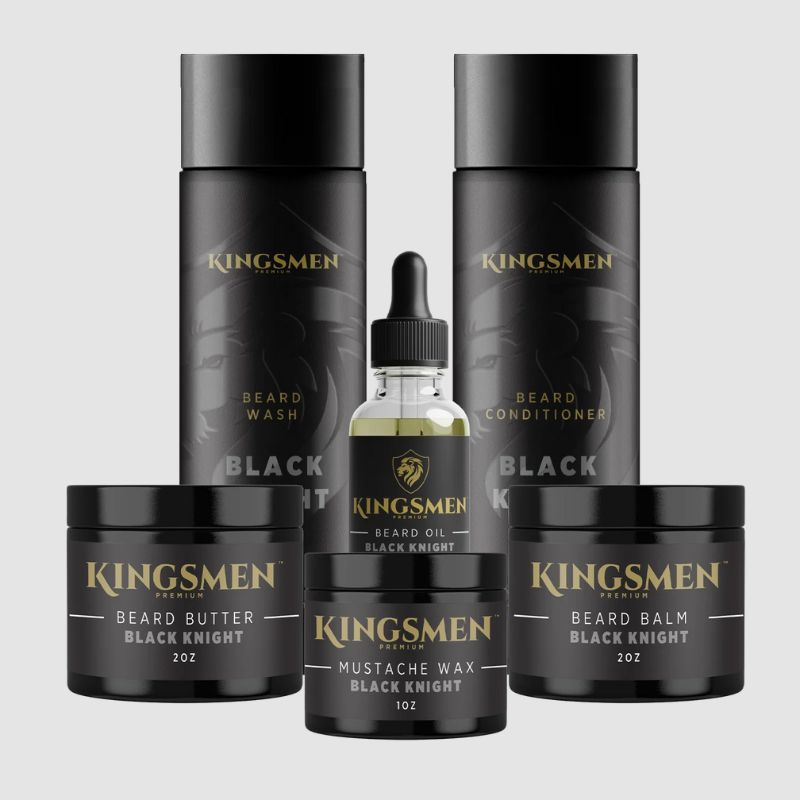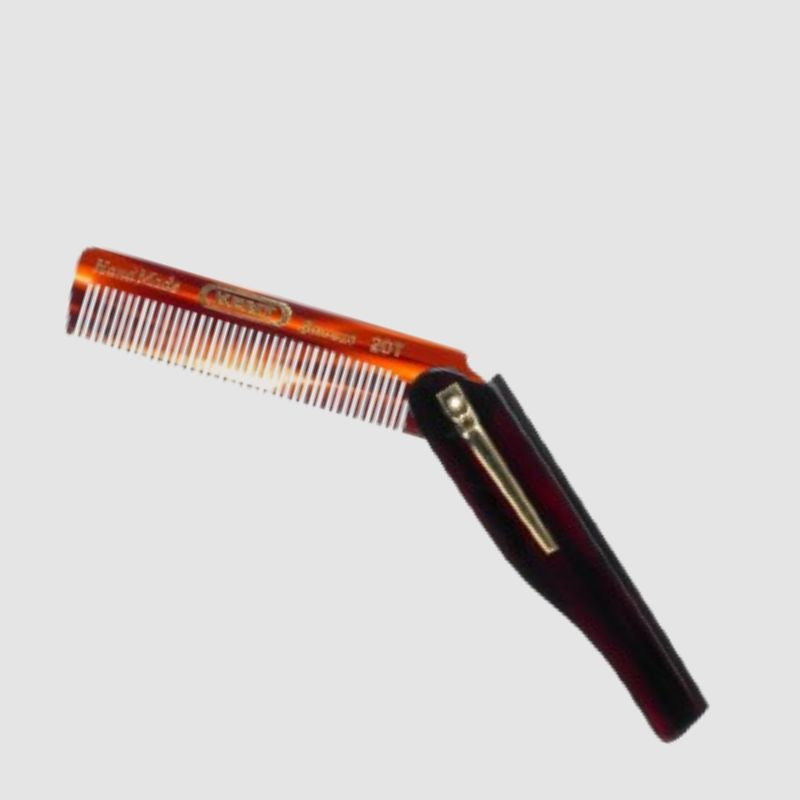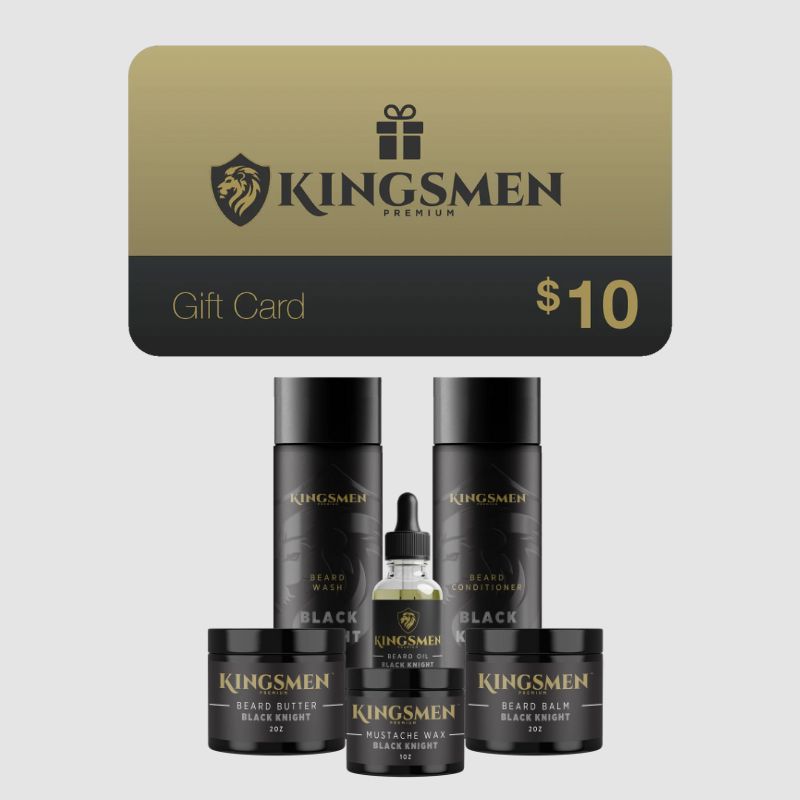3000 years of beard oil
The Origins of Beard Products
If the men of Mesopotamia took anything seriously, it was their beards. We’re not kidding. We’re talking hours upon hours of intricate styling and decoration. They would dye their beards a reddish-brown with henna, apply glistening gold flecks and weave their mane into three delicate levels of curls. These guys must have had all the time in the world on their hands, but we digress. It should come as no shock that Mesopotamia is where beard oil was born. Sesame seed oil, to be precise. Applied to the beard, it would nourish the hair and skin after all that styling.

Ancient Greek Beard Care
In Ancient Greece, beards were all the rage. In fact, at one point, the Romans preferred a clean-shaven look to distinguish themselves from their neighbors, the Greeks. In ancient Greece, the beard was a symbol of manhood and growing a beard honored the god, Apollo. Castor oil is what they used to keep their beards in good health, shiny and soft.

Native American Facial Hair
We also know that Native Americans grew their whiskers out for warmth during the cold winters. To keep their beards bushy and full, they would apply sweet almond oil, grape seed oil and castor oil.

The Era of Macassar Oil
It wasn’t until the 1700s, with capitalism fully in swing, that a popular London barber, Alexander Rowland, introduced the masses to Macassar oil. This was a one-oil-does-all sort of product, but one of its long list of uses was to condition, nourish and style the beard. In 1783, Rowland released one of the first products of any sort to be advertised all around England, Rowland's Macassar Oil. It was made with coconut oil and palm oil combined with ylang-ylang oil for fragrance. In 1888, Rowland registered the trademark for Macassar Oil. It became wildly popular with mentions in the works of Lewis Caroll and Lord Byron.
The Beginnings of Modern Beard Care Products
It was a good run for Macassar Oil, as it was the product of choice for beardsman for nearly 200 years. After the industrial revolution, though, we see the emergence of more practical products. Gone were the days of greasy collars and bedclothes caused by the thick consistency of Macassar. Men no longer needed the very real product called antimacassar, which was a sort of cloth to drape over your furniture to stop the oil from ruining everything. No, it was the 1930s and the beard oils and waxes we all know and love today came into use.

New products flooded the market, promising to condition and style any hair. Brilliantine cream or oil would add shine, but it was also very sticky. Brylcreem was a similar product. Murray’s pomade is still popular to this day. But beards have always responded best to the products made specifically for the hair on your face.

Since the 1930s, we’ve learned so much about beard care. We know that regular shampoo is too harsh and contains stripping detergents that dry out your beard and cause itching and dandruff. We know that pomades and gels made for the hair on your head are not recommended for your whiskers because they can tend to be too thick to absorb fully, leaving your beard, and by proxy, your shirt, coat, scarf or pillowcase a greasy nightmare.
We know now that what works best for beards are beard products. A beard oil with a thinner, more easily absorbed base and clean, organic ingredients is the best oil a Kingsman can choose. Kingsmen Premium’s beard oil contains sweet almond oil, grapeseed oil, jojoba Oil and essential oils and fragrances. It smells way better than sesame oil and it’s not a thick, greasy mess like Macassar oil. It’s just pure beard food to keep your modern whiskers looking great.
If you want to learn more about beards in history, make sure you’re subscribed to our newsletter!
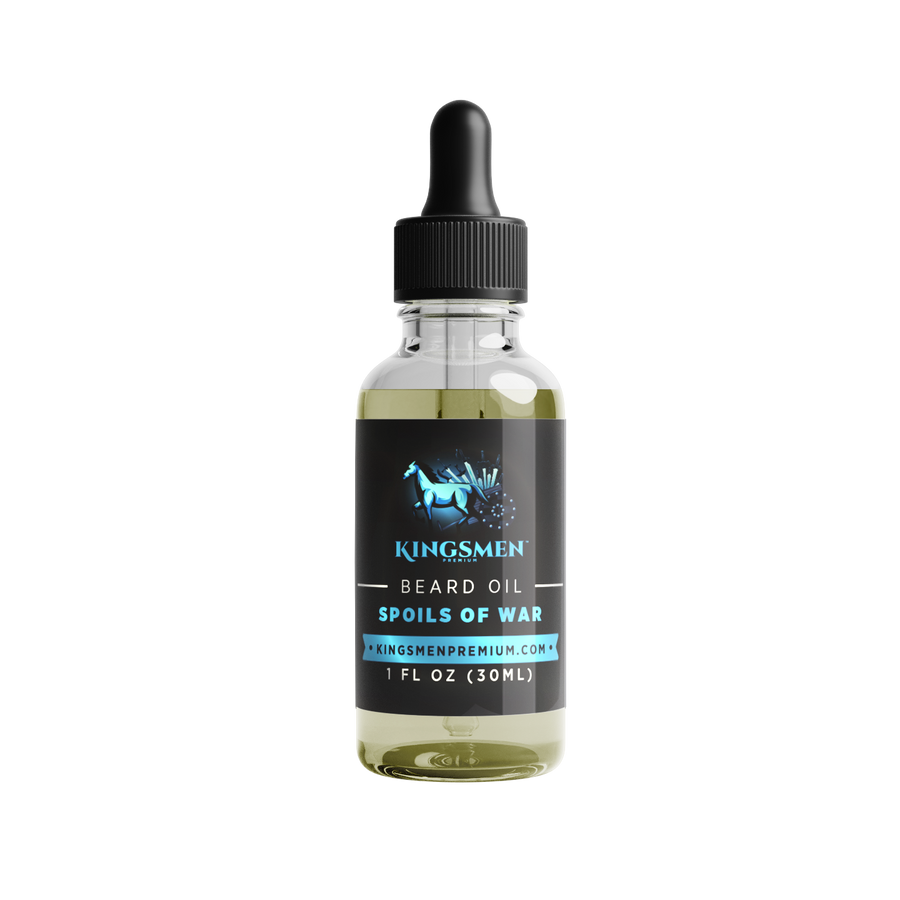
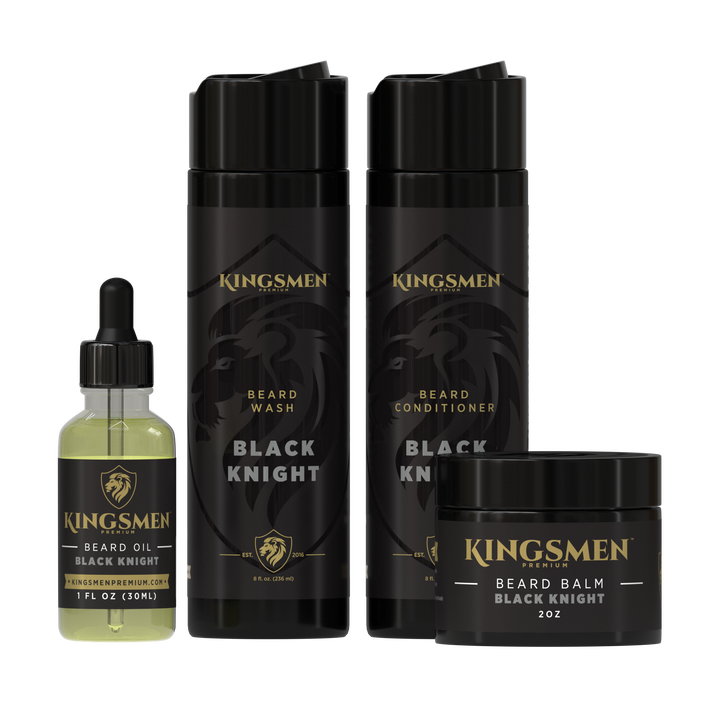
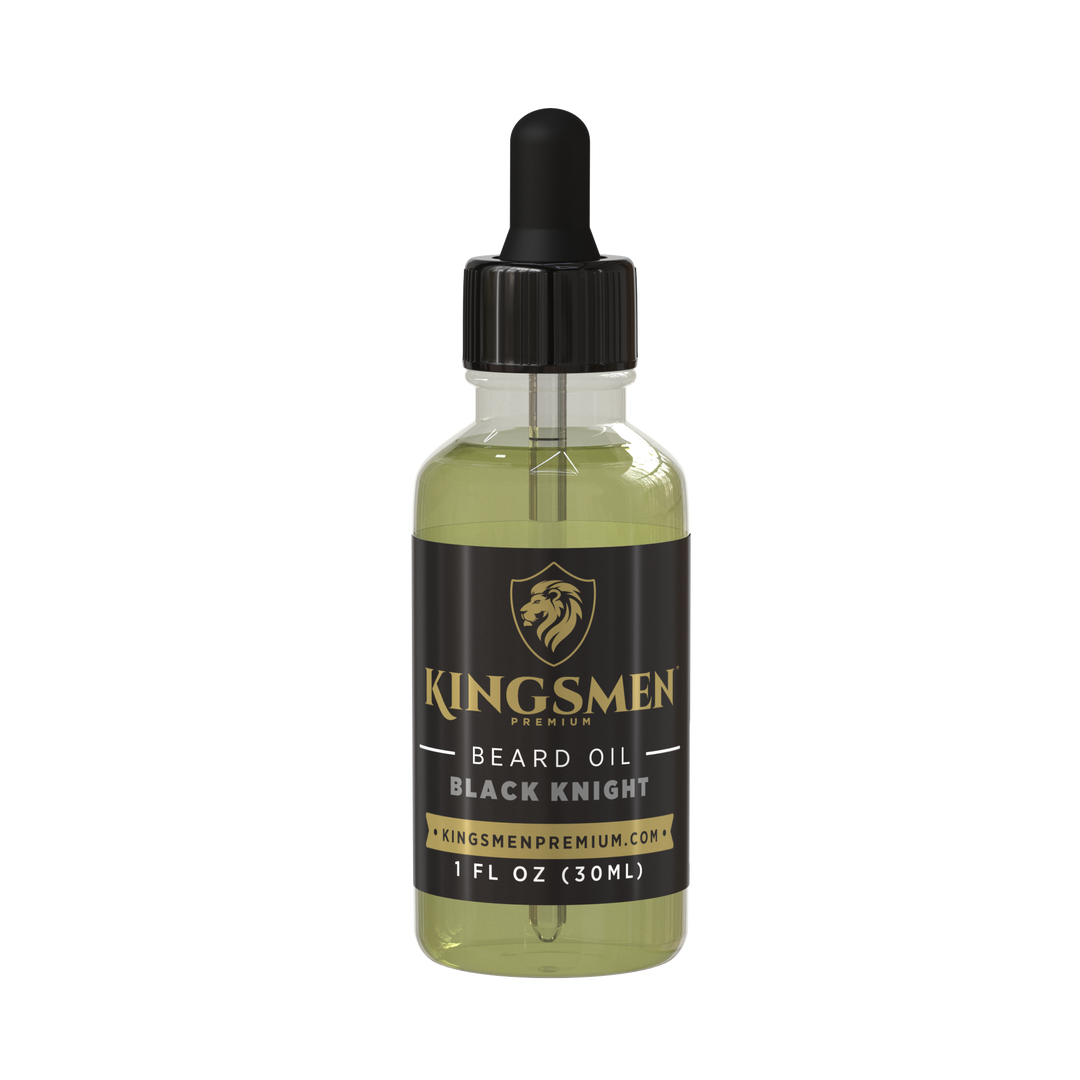
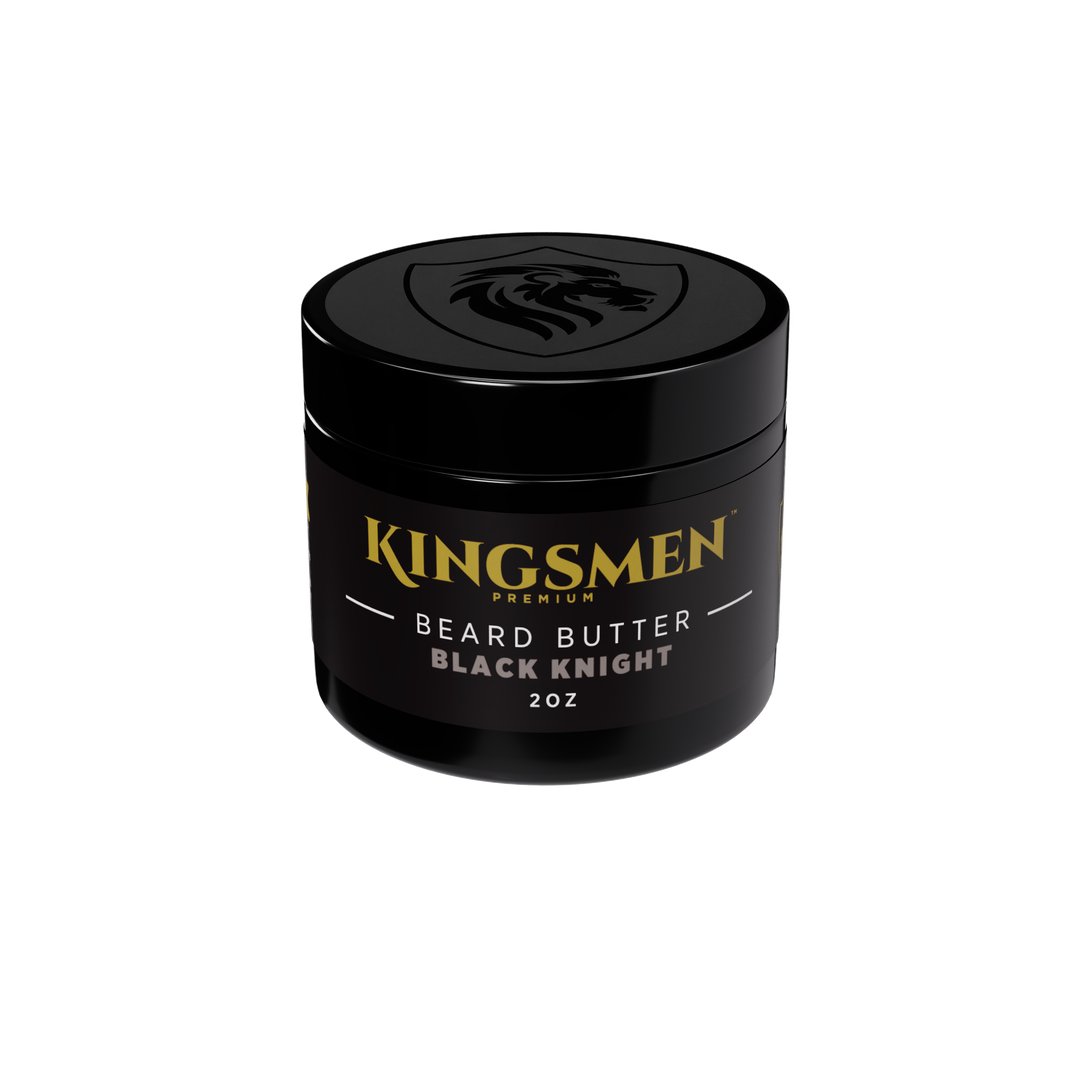

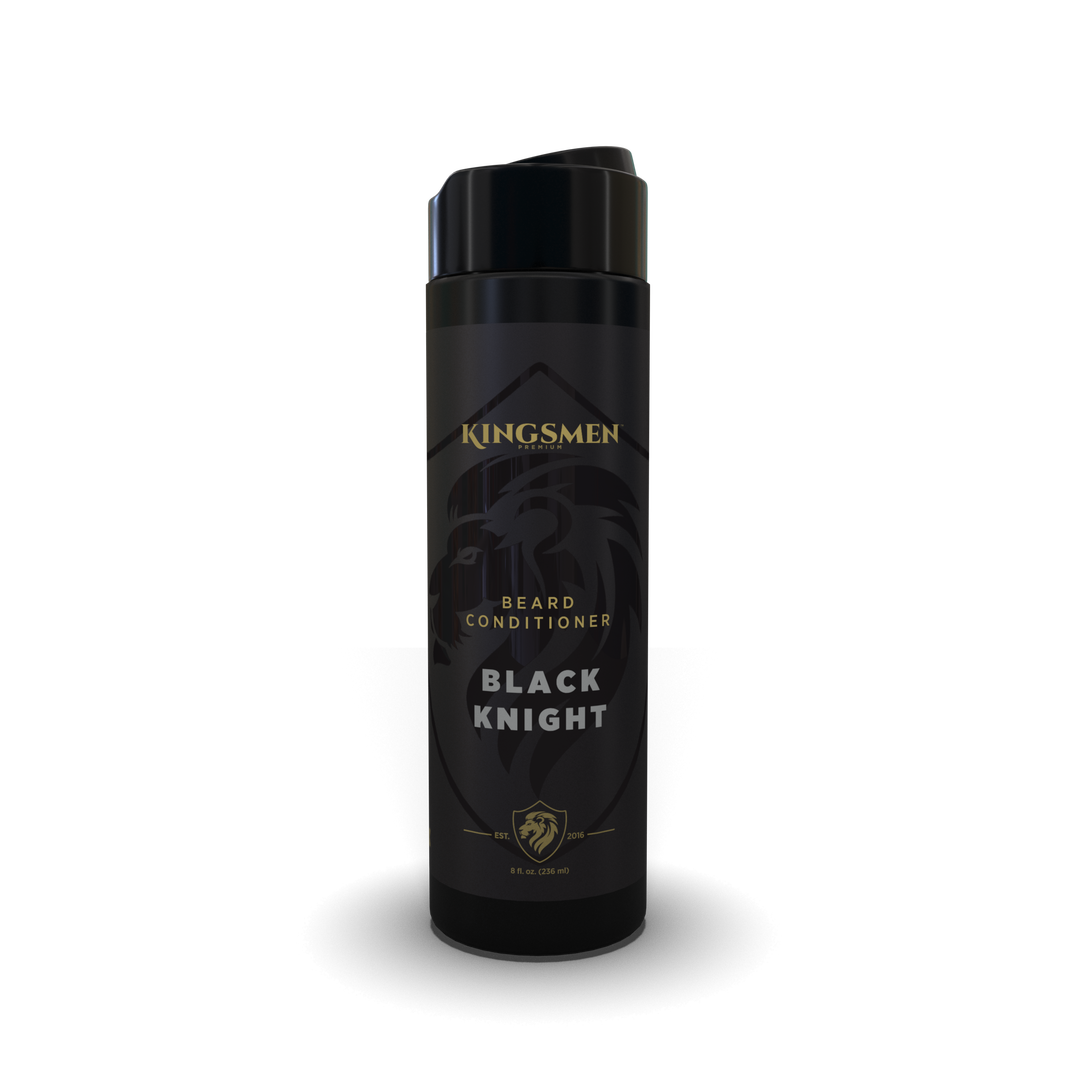
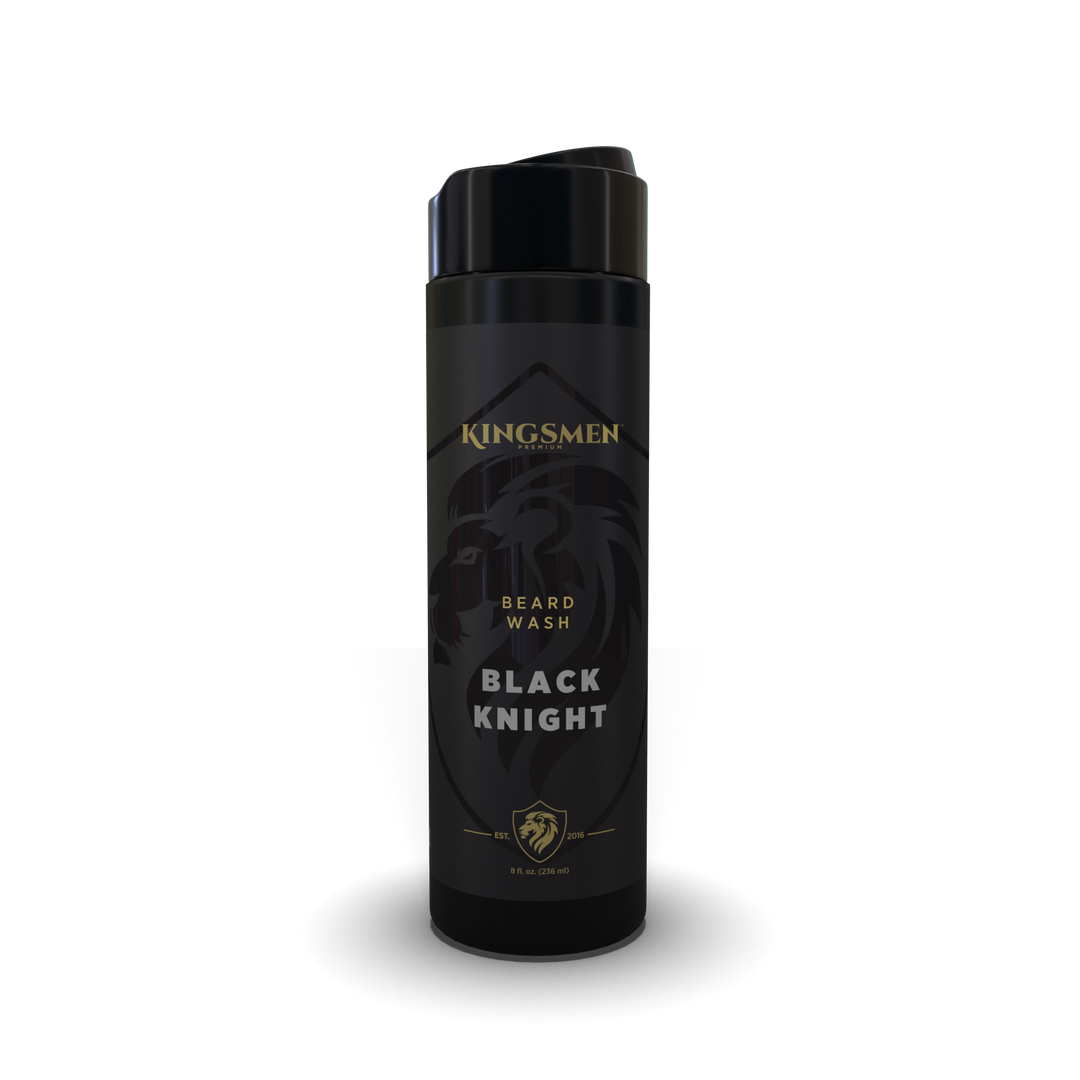
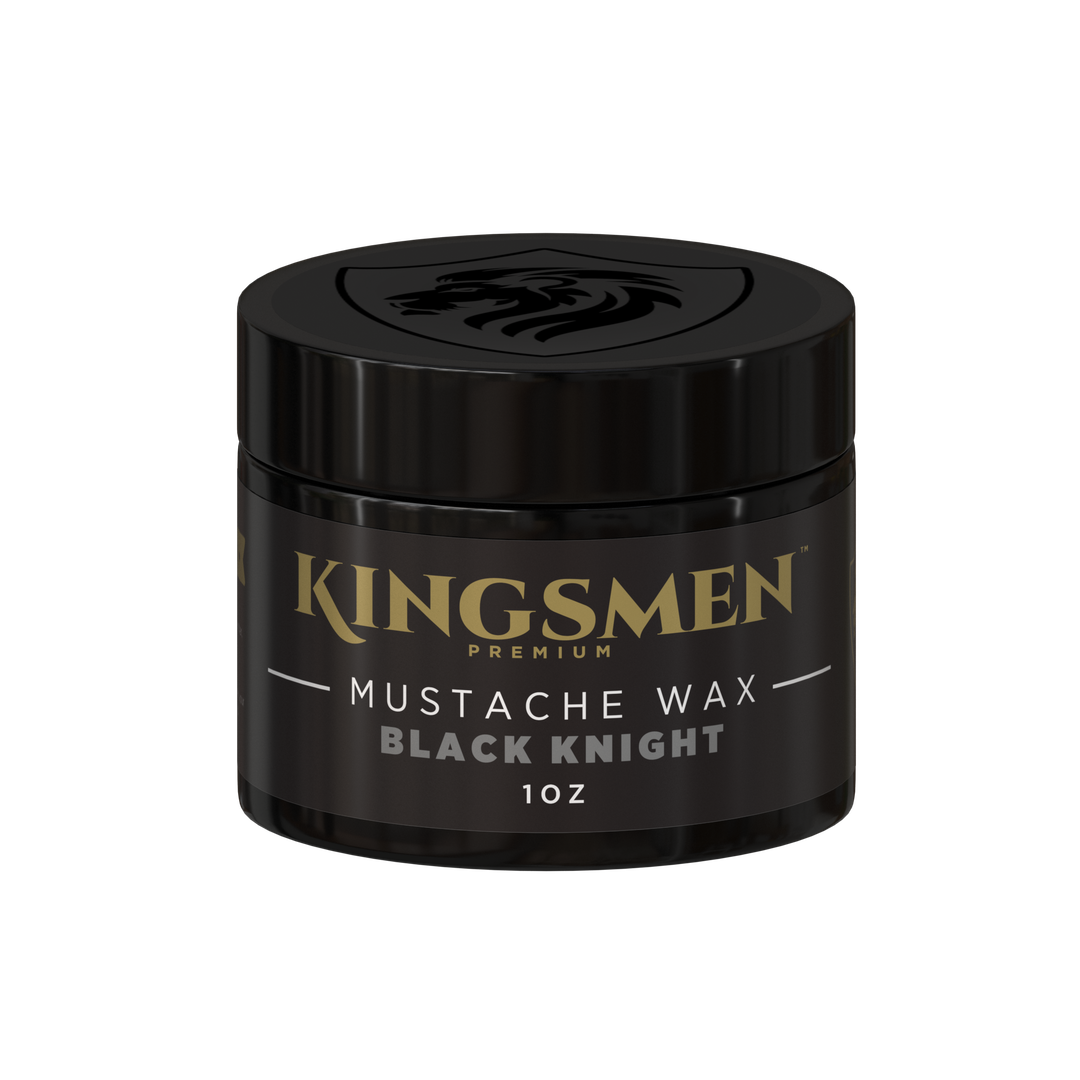
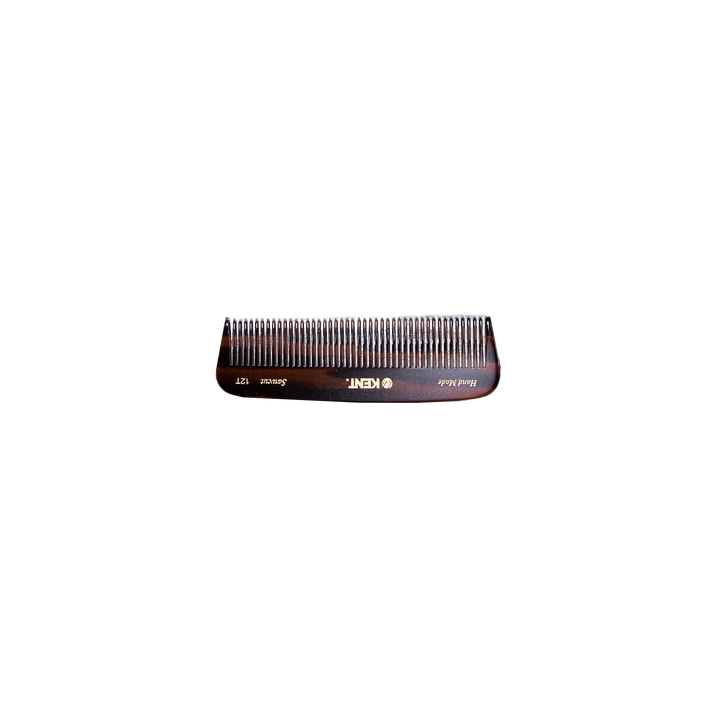
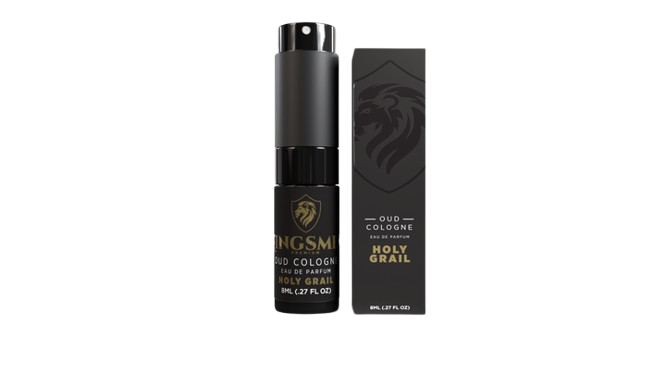
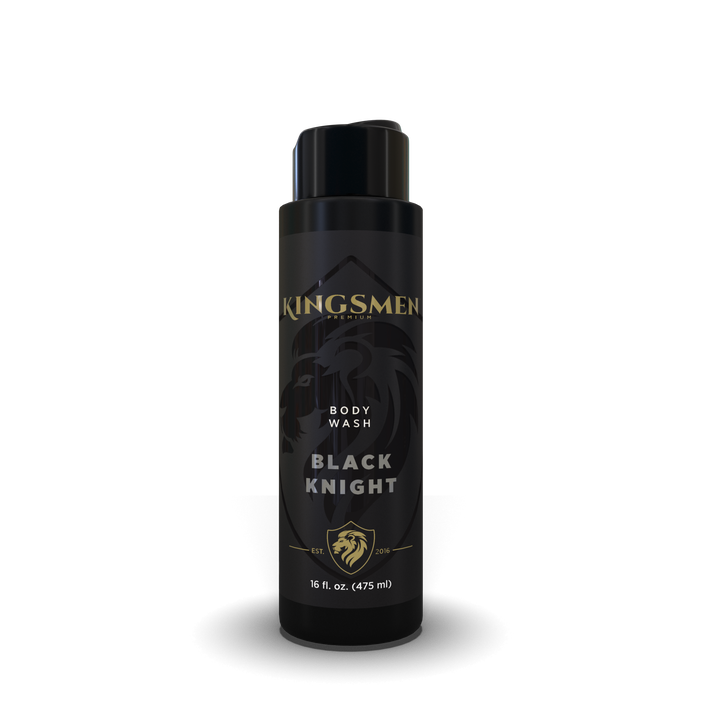
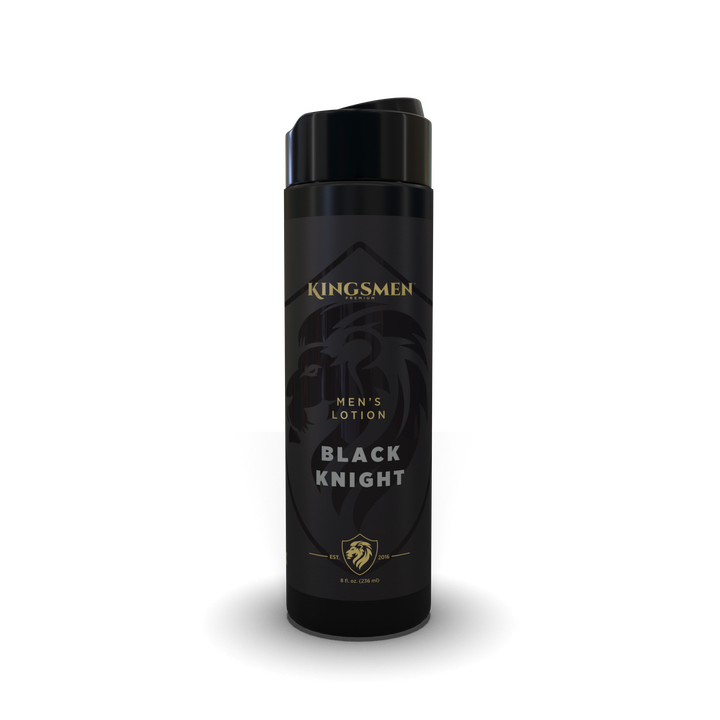
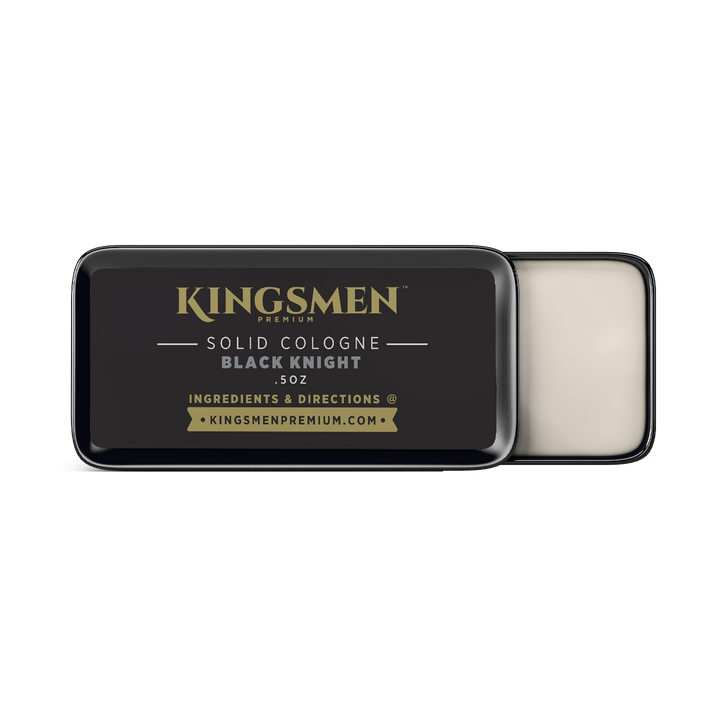

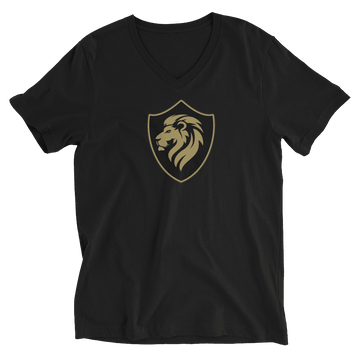
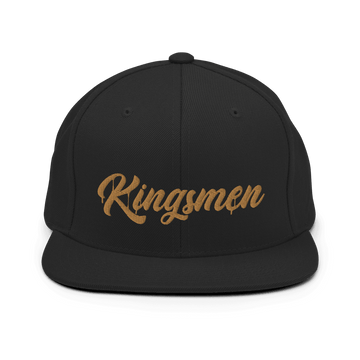
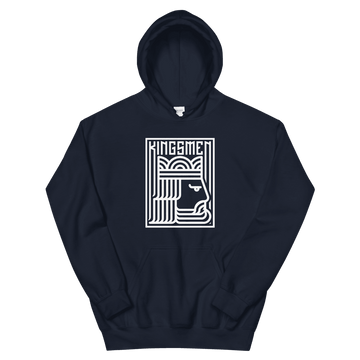
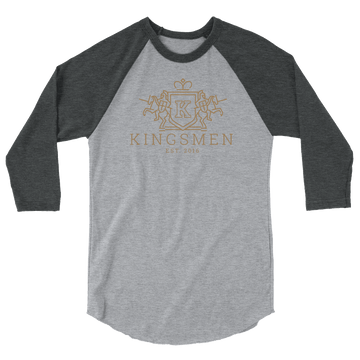
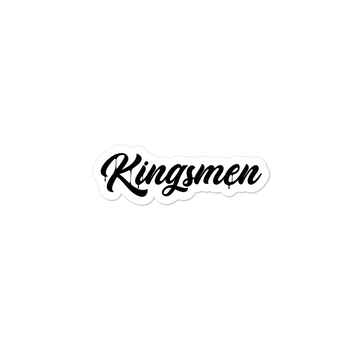
 VERIFIED BUYER
VERIFIED BUYER
 Monthly Scent Program
Monthly Scent Program
 Beard Care Kits
Beard Care Kits
 Beard Oil
Beard Oil
 Beard Butter
Beard Butter
 Beard Balm
Beard Balm
 Beard Conditioner
Beard Conditioner
 Beard Wash
Beard Wash
 Mustache Wax
Mustache Wax
 Kent Combs and Brushes
Kent Combs and Brushes
 Holy Grail Oud Spray Cologne
Holy Grail Oud Spray Cologne
 Body Wash for Men
Body Wash for Men
 Men's Lotion
Men's Lotion
 Solid Cologne
Solid Cologne
 Gift Ideas
Gift Ideas
 T-Shirts
T-Shirts
 Hats
Hats
 Hoodies
Hoodies
 Long Sleeves
Long Sleeves
 Accessories
Accessories
